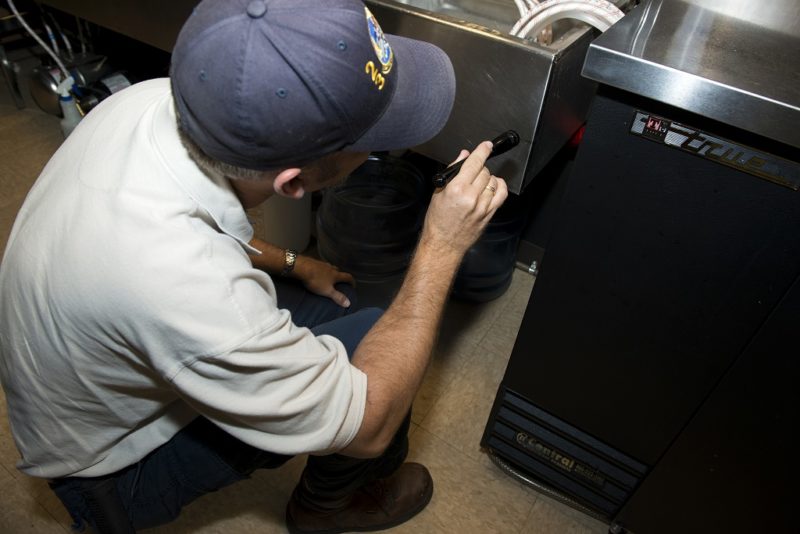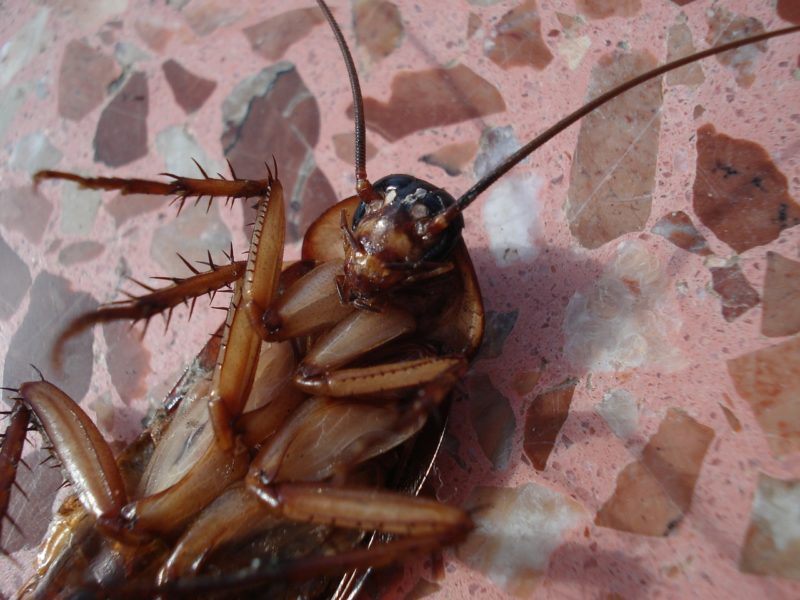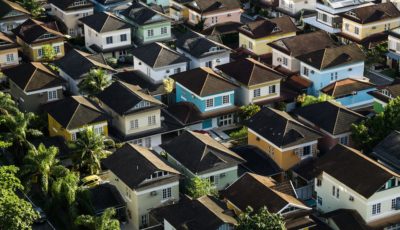How long does a Building and Pest Inspection take in Australia
Hiring a building and pest inspector to check out the building you plan on buying is important for your long term investment. If the building turns out to have deficiencies, pest infestations, or other troubling issues it can cost you a fortune in the long term. Hence, you should put in the time and money to get a proper inspection. However, if you are a busy person, you may be strapped for time or need to plan out your schedule to attend the inspection. Let’s take a look at how long a building and pest inspection for Sunshine Coast homes takes and what they will be doing.
The short and quick answer is that they take 90 minutes to 2 hours on average for a normal sized building. However, the inspection can take much longer depending on some factors. This can include the size of the building; larger buildings can take much longer to inspect. Likewise, unorthodox buildings or buildings with odd or unique features can also take longer to inspect. If you hired the building and pest inspector to do some extra inspections, such as ancillary areas of the property, or for certain hazards like asbestos, it can take much longer.

In addition to that, the inspection can take a good deal of time if the inspector finds numerous flaws and issues. In general, your building and pest inspector will take their time and not rush the job, as they are legally responsible to note any deficiencies to the best of their ability. This means that you should probably schedule your entire day out to attend the building and pest inspection.
It is important that you actually take the time to attend too. This is mainly for your own good, as trying to understand all of the issues with the building on your own is very confusing once the inspector has done their job and issued the report. Attending the inspection has a large number of benefits for you as a buyer. First and foremost, the inspector will point out the issues to you as he does the walk through and explain why they matter and what can be done to fix them. Secondly, you also have the opportunity to ask questions about the issues as they are found or even point out issues you may have noticed on your own. Having a professional actually walk you through the building and show you the problems is really what you are paying for with an inspection, beyond the legal proof of the issues.

What the inspector will look at depends on what the inspector you chose is licensed to do and if you payed for any extra types of inspections. In general, your inspector should be checking the structure and foundation of the building, along with the floors, plumbing, electrical outlets and fixtures, water and mold damage, and for evidence of pest infestation. Likewise, if you found a inspector who is qualified and offers the service, they will check the walls and ceilings for evidence of asbestos or other toxic building materials.









